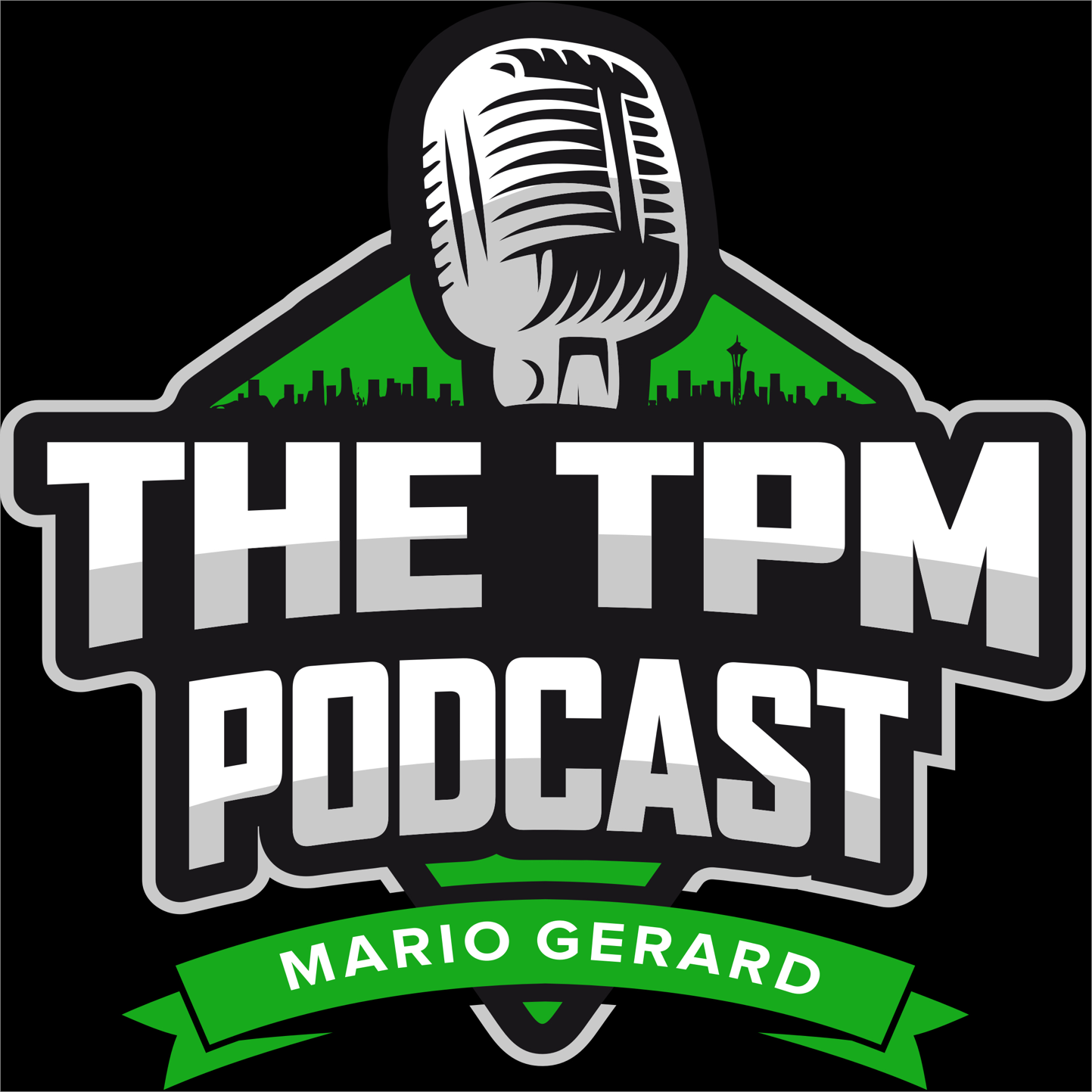

The Technical Program Management Podcast & Interviews
Mario Gerard
The Technical Program Management Podcast with Mario Gerard
Episodes
Mentioned books

8 snips
Mar 7, 2023 • 20min
TPM Podcast with Rhea – Episode II Part III
Rhea Frondozo, an Experienced Technical Program Manager at OCI, dives into the complexities of managing large-scale programs. She shares cautionary tales of common pitfalls, emphasizing the importance of accountability among functional area owners. Rhea discusses navigating challenges like scope creep and underperforming teams while balancing the need for support without overcommitting. She also highlights the critical role of collaboration with experts to create secure government cloud solutions, unpacking the intricacies of cloud infrastructure management.

18 snips
Mar 7, 2023 • 31min
TPM Podcast with Rhea – Episode II Part II
Rhea Frondozo, a seasoned expert in large-scale program management, shares her wealth of knowledge on effective communication strategies. She emphasizes the importance of tailoring messages for different stakeholders, ensuring concise updates for executives and detailed reports for team members. The discussion also delves into navigating common blockers during project execution, the complexities of multi-team management, and the roles within Technical Program Management. Rhea offers valuable insights into planning, risk mitigation, and adapting communication to enhance project success.

21 snips
Mar 7, 2023 • 29min
TPM Podcast with Rhea – Episode II Part I
In this engaging conversation, Rhea Frondozo, an expert in large-scale program management who previously collaborated with Mario Gerard at OCI, delves into the intricacies of overseeing complex projects. They define what constitutes a large-scale program and discuss the breadth of coordination required across numerous teams. Rhea shares insights on mastering communication and aligning stakeholder goals crucial for success. The duo also highlights the pivotal role of executive sponsors in advocating for projects, ensuring resource availability, and driving initiatives forward.

12 snips
Mar 7, 2023 • 15min
TPM: Running Large Scale Programs – Podcast with Rhea
In this conversation, Rhea Frondozo, Senior Director of Technical Program Management at Salesforce, shares her 20 years of experience in tech. She dives into the challenges of managing large-scale programs and the importance of solving enterprise-level infrastructure problems. Rhea emphasizes the vital skills TPMs need, such as adaptability and collaboration, while discussing strategic hiring practices that align with program goals. She also highlights the hurdles faced by candidates shifting to product-focused roles, showcasing her expertise in navigating the dynamic landscape of technical program management.

Aug 9, 2022 • 42min
TPM & PM At Meta/Facebook - Podcast w/ Priyanka Shinde
Priyanka Shinde, a seasoned TPM expert with over 20 years in the tech industry, shares insights into the evolving roles of Technical Program Managers and Product Managers. She discusses the critical blend of skills needed for success, including communication and strategic thinking. The conversation highlights the collaboration between TPMs and PMs in driving product vision, particularly in complex environments like autonomous driving. Priyanka also addresses current hiring trends, shedding light on how these roles are shaping the future of tech.

May 1, 2022 • 26min
TPM Podcast With David Glick – Part I
David Glick, former VP at Amazon and current CTO of Flex, shares insights from his nearly two decades in tech. He discusses the evolution of Flex as a logistics marketplace and the dynamics of building high-performing teams. Glick emphasizes blending agile methodologies with traditional project management tools like Gantt charts for better oversight. He also highlights the shift from product-centric to people-focused leadership, and the vital role TPMs play in project execution, stressing proactive management and strong communication skills.

May 1, 2022 • 29min
TPM Podcast With David Glick – Part II
David Glick, CTO of Flex, dives into the nuanced world of technical program management. He shares strategies for influencing stakeholders even without direct authority. The conversation covers the evolving roles of product managers and program teams, providing insights from his experiences at Amazon. Glick also emphasizes the importance of operational excellence amidst growth, effective delegation, and focused leadership, drawing parallels with gaming. He highlights the necessity of time tracking to boost engineering productivity and the critical balancing act of supporting team morale in remote environments.

May 1, 2022 • 19min
TPM Podcast With David Glick – Part III
David Glick, a seasoned expert in Technical Program Management, shares his insights in this engaging conversation. He discusses the importance of regular communication through concise status reports to keep project teams aligned. Glick also tackles the challenges of managing business reviews, emphasizing the need for efficiency and simplicity in processes. Additionally, he dives into the evolution of microservices and the decision-making factors involved in joining pre-IPO startups. Finally, he reflects on the transition from corporate life to startup culture, weighing stability against autonomy.

Mar 17, 2022 • 23min
TPM Podcast With Arjun Subramanian: Burnout – EP II Part II

Mar 17, 2022 • 0sec


